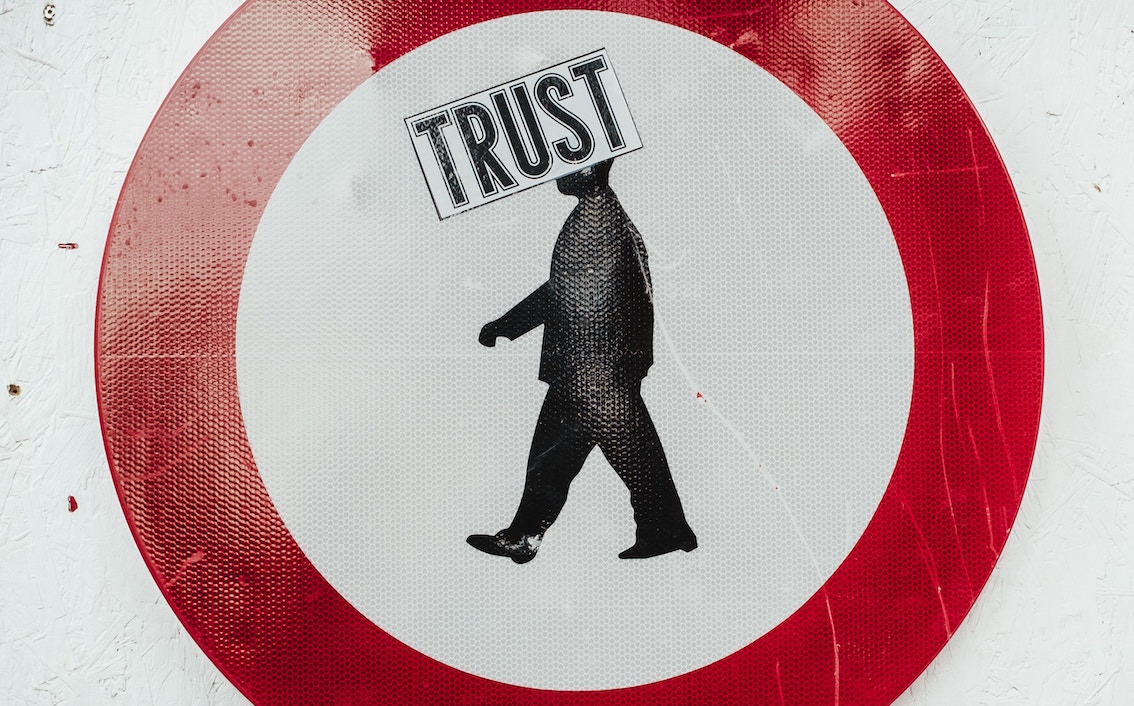In the wake of the recent BBC and Lineker hoo-hah, psychological safety is a hot topic currently. You don’t need to look far from politics either to see current issues arising. People are raising this in the workplace and questioning how they are protected. It’s now common to consider how employers value psychological safety. So, what is it and how do you make a psychologically safe work environment?
So what is it? It refers to the feeling of being able to speak up, take risks, and be yourself without fear of negative consequences. It’s an essential component of a healthy workplace environment that promotes employee wellbeing, creativity, innovation, trust and inclusion.
Are you afraid to speak up in case you get judged or rejected?
Have you ever been in a meeting where you were afraid to speak up? Perhaps you didn’t want to state your opinion or throw an idea in the ring for fear of judgement, embarrassment, failure, or worse – bullying. You might feel that it’s in your interest to keep quiet and just agree with others, for fear of rejection. This is an example of feeling psychologically unsafe and that you’re in a ‘low trust’ environment. It shows that the people around you don’t have your back, may be unsupportive and can diminish your worth and credibility.
On the flip side, if you feel safe and supported and your thoughts and ideas are encouraged, this is a positive environment in which to thrive. Environments like this support innovation, creativity, trial and error – all for the positive development of the business and individuals. And let’s guess which type of business would be the most successful…
How leaders can create a psychologically safe work environment
As a leader it’s imperative to be mindful of the space you are creating for each of your employees. This can be complex and can feel daunting, and that’s normal. The key is to work with your team during the process and if needed get external help to navigate. It’s usually after something has gone wrong that leaders realise that something should have been done differently. Some tips for creating a psychologically safe work environment are below:
-
Allowing everybody a voice
Leaders who allow voices to be heard in a safe environment are often the ones with the lowest staff turnover. They have nurtured a happy environment and allowed people to feel comfortable about asking questions and raising concerns without fear.
-
Self-aware leaders
Good leaders are very self-aware – aware of their perception, output and of how others react to them. Being crystal clear in how you work, how you would like to be worked with and how you communicate is so important. Have you ever had a leader whose style and manner always changes depending on the person they’re interacting with? Confusing, isn’t it.
-
Personality profiling
A great starting point for this is personality profiling (read my previous blog here) for the whole team and sharing and understanding the results together. This gives valid insight into people’s personality, ways of working and needs from others. Then you can build a structure on how to work successfully together.
-
Collaboration
Good leaders involve their team and work collaboratively. So many times, there is an ‘us and them’ model, which leaves employees feeling disconnected and not given credit for their work and ideas. By working as a team, this can give an air of togetherness and confidence in the whole team. Having a high level of camaraderie and commitment, this generates some amazing work.
-
Open and honest feedback
As a leader, you need to be open to feedback, open to discussion and open to change and people will react accordingly. Always champion your team and always talk to them about any issues early doors. Ensure you leave them feeling safe and secure, even if perhaps the outcome is not what they originally wanted.
-
Zero tolerance for poor behaviours
Bullying, harassment, discrimination and micro-aggressions are a hard no. It should go without saying, but believe it or not, there’s a lot still happening. “Toxic” is a word that comes to mind very quickly when people explain bad workplace behaviours and the ensuing negative culture. You can imagine what it feels like and it’s not a place we want to go to work in.
Just to clarify, bullying is a type of aggressive behaviour that involves a power imbalance, repeated acts of cruelty or aggression and the intent to harm. It can take many forms, including verbal abuse, physical aggression, exclusion and intimidation. When employees are subjected to bullying, they may lose trust in their colleagues, leaders and organisation as a whole. This loss of trust can harm psychological safety, as employees may feel that they cannot rely on others for support or protection. Confidence and self-esteem can be impacted and it can also lead to stress, anxiety, depression and other mental health issues. All this alongside damaging employee motivation and engagement so it’s vital to work to prevent it.
-
Having the whole toolkit ready
To create a psychologically safe workplace, organisations must take steps to promote a culture of respect, inclusion, and support. This includes establishing clear policies and procedures for dealing with bullying, providing preventative training and resources and fostering a positive and supportive workplace culture. By taking these steps, organisations can create a workplace environment that promotes employee wellbeing, creativity, and innovation.
Creating a psychologically safe work environment takes commitment but reaps the highest benefits both from a commercial, professional and personal perspective. And don’t forget, we want enjoy our work and to spend time with decent human beings. Treat others with respect and ultimately, just don’t be a dick.
Photo by Bernard Hermant on Unsplash


